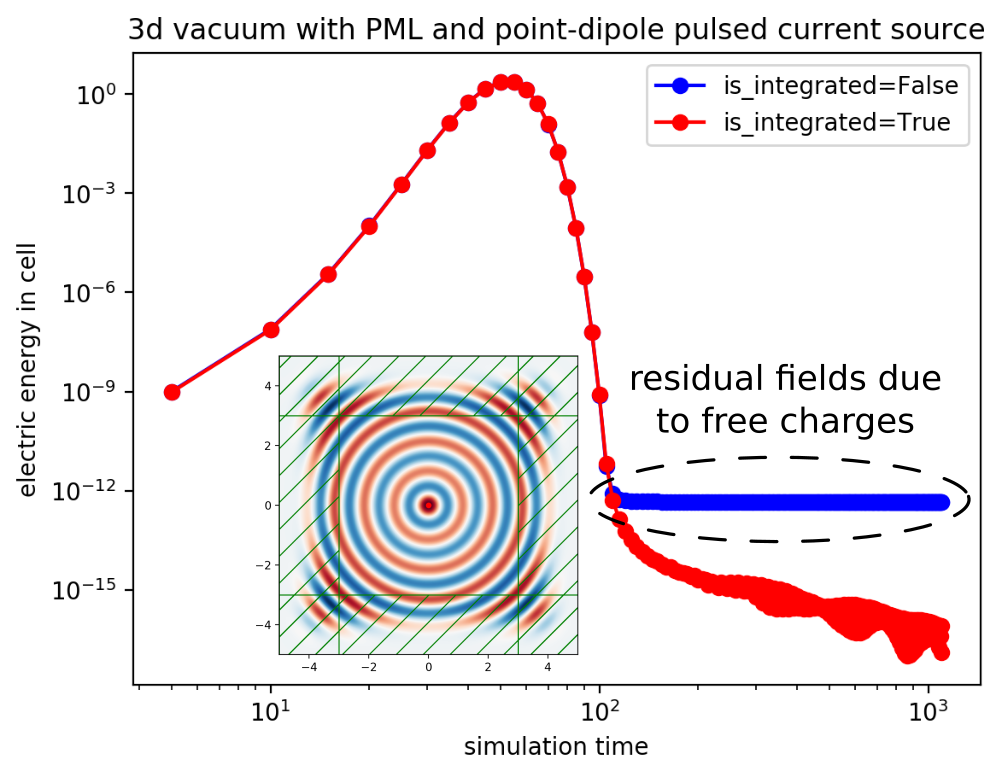
In the present work, a PCRR based sensor has been designed and simulated for detection of different blood components and the sensing characteristics such as output power, resonant wavelength and Q-factor are investigated. PCRR based sensors are reduced in size and have quite large Q-factor. Photonic crystal ring resonator (PCRR) based sensor provides very high sensitivity with ultra low bending loss and excellent light confinement.

Also, Optical waveguides /photonic crystal fibers (PCFs), , Surface Plasmon Resonance (SPR), Fabry–Perot Interferometer, , measures refractive index change and can be used for bio-sensing but the reported sensor is quite large with small Q-factor.

Among them, conventional micro-ring resonator waveguide can provide very high sensitivity due to high quality factor of resonant peak in output spectra but it has more bending and radiation losses due to reduction in ring-radius, ,,. For sensing RI change various optical biosensors have been designed using Bragg-gratings, Mach–Zehnder interferometers, and Micro-ring resonators, ,, ,. Label-free detection method is suitable for ultra-small detection volumes where the target molecules are detected in their natural form and it can measure refractive index (RI) induced by molecular interactions very easily. The fluorescence-based detection method is highly sensitive where intensity of fluorescence signal detects the presence of target molecules which are labeled with dyes but in this method quantitative analysis is challenging. There are two important detection methods for optical biosensing: fluorescence based detection method and label-free detection method. In conventional ‘Blood analysis’ method, blood sample is needed to be collected, preserved and transported to the laboratories where time taken for analysis can range from 12–72 h, ,, ,. Blood plasma constitutes 55% of human blood fluid and contains proteins such as albumin, glucose, vitamins, minerals, hormones, enzymes, red blood cells (RBCs which contain hemoglobin) and white blood cells (including leukocytes and platelets).The dielectric parameters of blood are of great relevance for various medical applications such as cancer cell detection, dielectric coagulometry and understanding physical, biological and chemical properties of different blood constituents, ,, ,,. Human blood is a complex, highly functional body fluid which is composed of more than 4000 bio-constituents. Our designed sensor has achieved sensitivity of 343 nm/RIU.īlood analysis plays an important role for detection and prevention of hematological disorders which are responsible for causing many Non-Communicable diseases (NCDs) such as cardiovascular diseases, cancers, diabetes and respiratory diseases which are responsible for 36 million deaths each year worldwide as reported by the World Economic Forum and the Harvard School of Public Health (September-2011). This indicates that it is highly sensitive even for little change in refractive index. The optical properties of different bio-constituents are studied and the normalized transmitted output power, transmission wavelength and Q factor have been observed for different blood-constituents which can be used for blood analysis.It has been observed that for little change in dielectric constant ( ϵ) according to the blood-constituent taken there will be a moderate shift in the transmitted output power, transmission wavelength and quality factor and hence it acts as a sensor.
#MEEP FDTD SOFTWARE#
MEEP (MIT Electromagnetic Equation Propagation) and MPB (MIT Photonic Bands) simulation tools have been used for modeling and designing of PCRR and IPKISS software framework has been used for generation of mask design which can be used for the fabrication of the PCRR sensor. Finite Difference Time Domain (FDTD) method has been used for the analysis. Simulation and analysis has been done for Biotin–Streptavidin, Bovine Serum Albumin, Cytop (polymer), Ethanol, Glucose solution (40gm/100 ml), Hemoglobin, Blood Plasma, Polyacrylamide and Sylgard184. In this paper a photonic crystal based ring resonator structure (PCRR) which can sense different bio-constituents in blood in the wavelength range of 1530–1565 nm for biomedical applications has been successfully demonstrated.


 0 kommentar(er)
0 kommentar(er)
